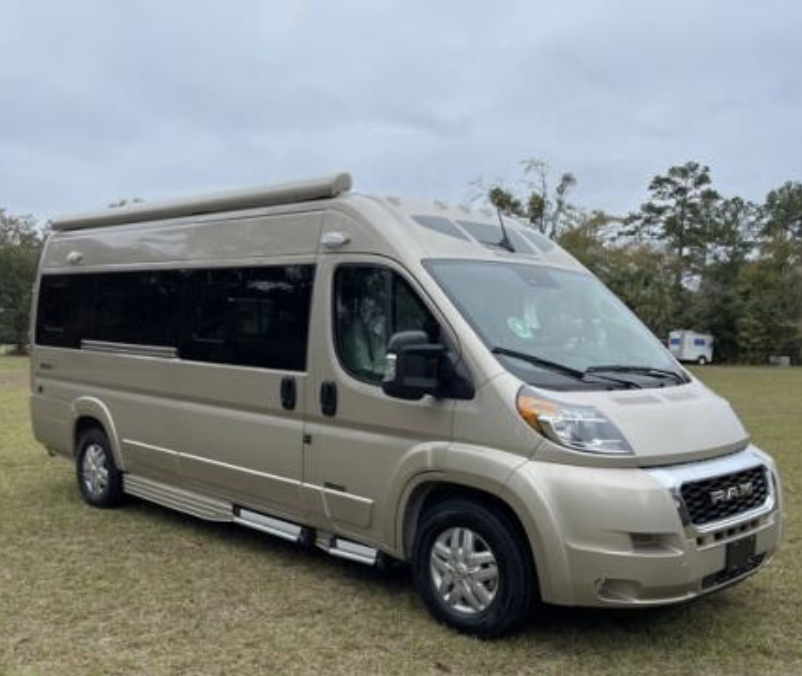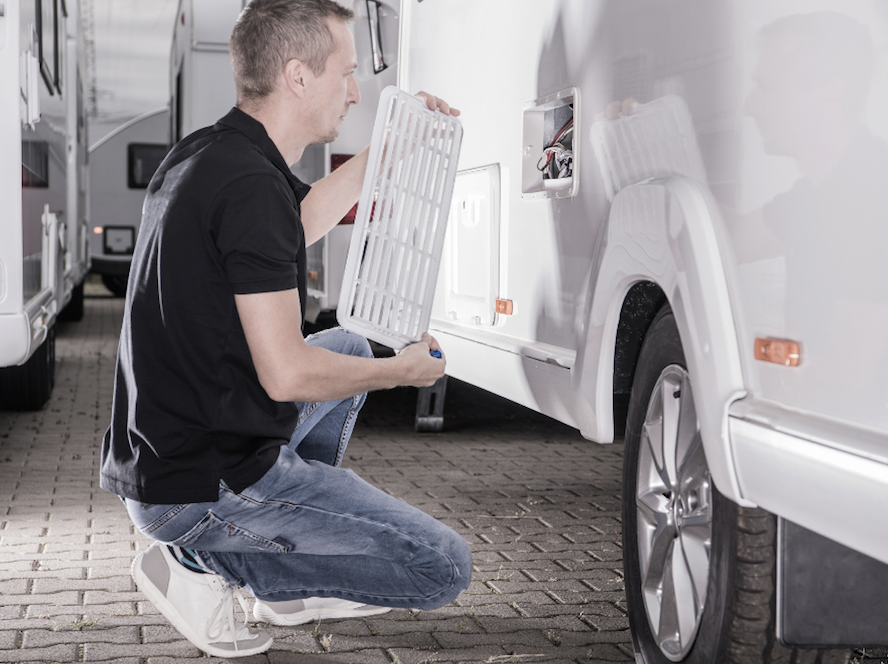
When you own an RV, it’s important to ensure that your travels are enjoyable and worry-free. One common issue that RV owners encounter is the presence of pests, particularly mice. These unwanted guests can not only cause damage to your vehicle but also pose health risks. However, by implementing preventive measures and knowing how to handle infestations, you can keep your RV pest-free and enjoy your adventures without any unwelcome surprises. In this blog post, we will explore effective strategies for preventing and treating mice and other pests in your RV.
I. Prevention
Prevention is key when it comes to dealing with pests in your RV. By adopting the following measures, you can significantly reduce the chances of an infestation:
- Seal Entry Points: Thoroughly inspect your RV for any gaps, cracks, or holes that pests can use to enter. Seal these entry points using silicone caulk or steel wool, paying extra attention to areas around pipes, vents, and utility connections.
- Keep a Clean RV: Pests are attracted to food sources, so it’s essential to keep your RV clean and free of crumbs and spills. Regularly sweep, vacuum, and mop the floors, and wipe down surfaces with disinfectant cleaners. Store food in airtight containers to eliminate odors and potential attractants.
- Secure Waste Disposal: Dispose of trash promptly and store it in sealed containers outside of the RV. Empty your RV’s waste tanks regularly to prevent odors that may attract pests.
- Store Food Properly: To deter pests, store food items in tightly sealed containers made of metal or glass. Avoid leaving pet food out overnight, and store it securely to prevent access.
- Maintain Exterior Landscaping: Trim vegetation near your RV to prevent pests from using it as a bridge to access your vehicle. Keep grass cut short, remove debris, and ensure there is no standing water nearby.

II. Treatment
In the unfortunate event of a pest infestation, swift action is necessary to prevent further damage. Here are some steps to effectively treat pests in your RV:
- Identify the Pest: Different pests may require different treatment methods. Determine the type of pest you’re dealing with to choose the appropriate approach. Common RV pests include mice, rats, ants, cockroaches, and spiders.
- Traps and Baits: Set up traps and baits strategically to catch and eliminate pests. Snap traps, glue traps, and humane traps can be effective for mice and rats. Use ant baits, cockroach baits, or spider traps depending on the type of infestation.
- Natural Deterrents: Explore natural deterrents to repel pests. For example, peppermint oil, dryer sheets, or mothballs may deter mice and spiders. Lemongrass oil or vinegar solutions can help repel ants and cockroaches.
- Professional Pest Control: If the infestation persists or is severe, consider contacting professional pest control services. They have the expertise and resources to handle more significant infestations and can provide tailored solutions for your RV.
- Regular Inspections: Conduct routine inspections of your RV, both inside and out, to detect signs of pests early on. Look for droppings, gnaw marks, nests, or any other indications of an infestation. The sooner you identify a problem, the easier it will be to address it effectively.
Preventing and treating pests in your RV requires a proactive approach and consistent efforts. By implementing effective preventive measures such as sealing entry points, maintaining cleanliness, and proper food storage, you can minimize the risk.
RV above is listed here.
Photo credit: Canva
